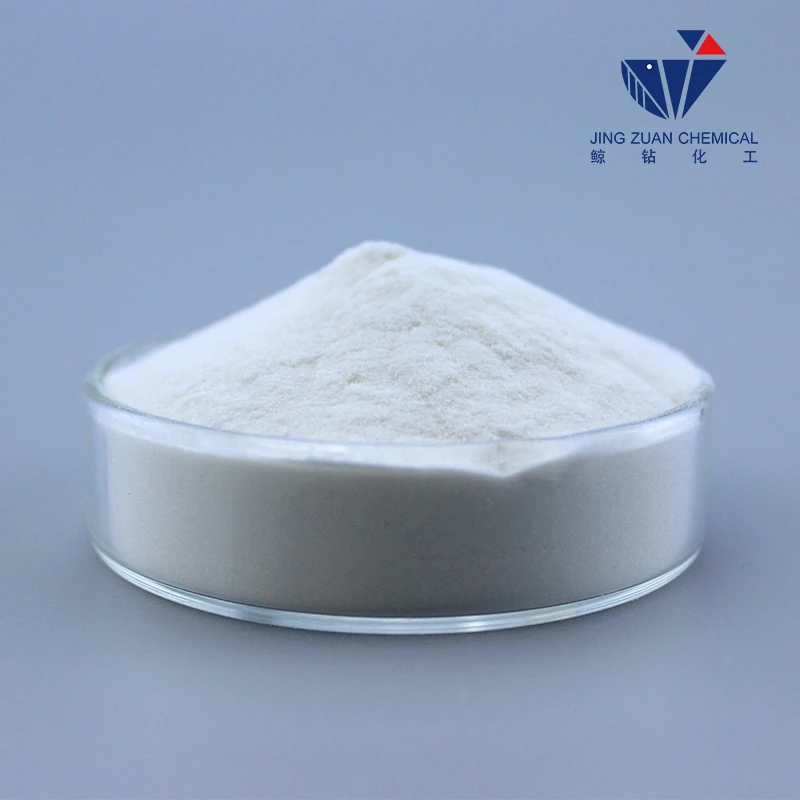
ਸਤੰ. . 22, 2024 07:59 Back to list
hydroxypropyl methylcellulose uses in tablets
The Versatile Use of Hydroxypropyl Methylcellulose in Tablet Formulations
Hydroxypropyl methylcellulose (HPMC) is a widely utilized polymer in the pharmaceutical industry, particularly in the formulation of tablets. Its unique properties make it an invaluable excipient that enhances the performance and efficacy of various medications. HPMC is a cellulose derivative known for its solubility in water and its ability to form gels and films, which makes it an ideal candidate for various applications in tablet formulations.
The Versatile Use of Hydroxypropyl Methylcellulose in Tablet Formulations
Moreover, HPMC serves as a controlled release agent in extended-release tablets. This property allows for the sustained release of the active ingredient over an extended period, improving therapeutic outcomes and patient compliance. By modifying the viscosity and the concentration of HPMC used in formulations, pharmacists can tailor the drug release profile to meet specific patient needs. This controlled release is particularly beneficial for managing chronic conditions, as it minimizes the frequency of dosing, enhances patient adherence, and reduces side effects associated with peak concentrations of drugs.
hydroxypropyl methylcellulose uses in tablets

Additionally, HPMC is known for its ability to form a gel upon contact with water. This characteristic is leveraged in the production of film-coated tablets, where HPMC is used to create a protective and aesthetically pleasing coating. Film coatings not only enhance the visual appeal of tablets but also improve their stability and shelf life by protecting the active ingredients from environmental factors such as moisture, light, and oxygen. Furthermore, HPMC coatings can mask unpleasant tastes, making it easier for patients to take their medications.
HPMC also plays a significant role in mucoadhesive formulations, where it aids in prolonging the contact time of the tablet with the mucosal surfaces, enhancing drug absorption. This property is particularly beneficial in the formulation of sublingual or buccal tablets, where rapid absorption is desired for effective treatment.
In summary, hydroxypropyl methylcellulose is an essential excipient in tablet formulations, providing multiple benefits that enhance the overall performance of pharmaceutical products. From acting as a binder and controlled-release agent to serving as a film-forming agent and improving drug absorption, HPMC's versatile properties make it a preferred choice for formulators. As the pharmaceutical industry continues to evolve, the applications of HPMC in tablet formulations will likely expand, further solidifying its role as a cornerstone in drug delivery systems. Whether in simple over-the-counter medications or complex prescription drugs, HPMC remains a key ingredient that significantly contributes to the effectiveness and safety of therapeutic treatments.
-
Versatile Hpmc Uses in Different Industries
NewsJun.19,2025
-
Redispersible Powder's Role in Enhancing Durability of Construction Products
NewsJun.19,2025
-
Hydroxyethyl Cellulose Applications Driving Green Industrial Processes
NewsJun.19,2025
-
Exploring Different Redispersible Polymer Powder
NewsJun.19,2025
-
Choosing the Right Mortar Bonding Agent
NewsJun.19,2025
-
Applications and Significance of China Hpmc in Modern Industries
NewsJun.19,2025







